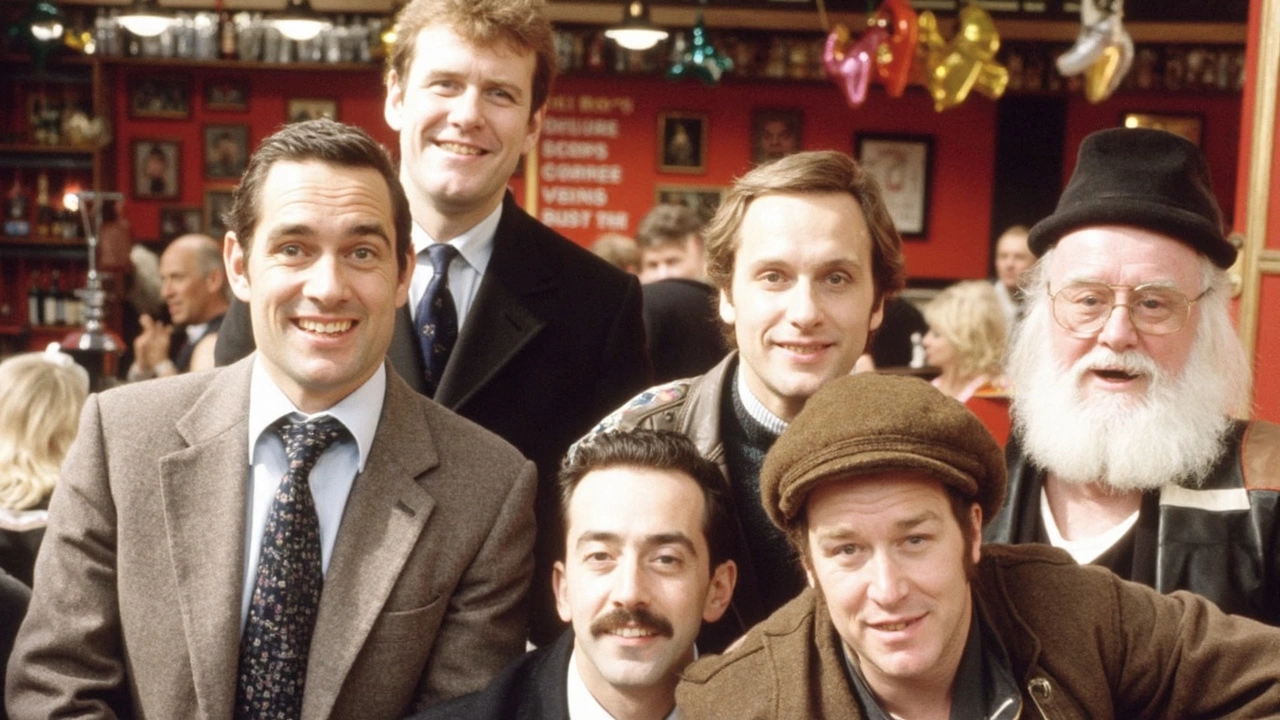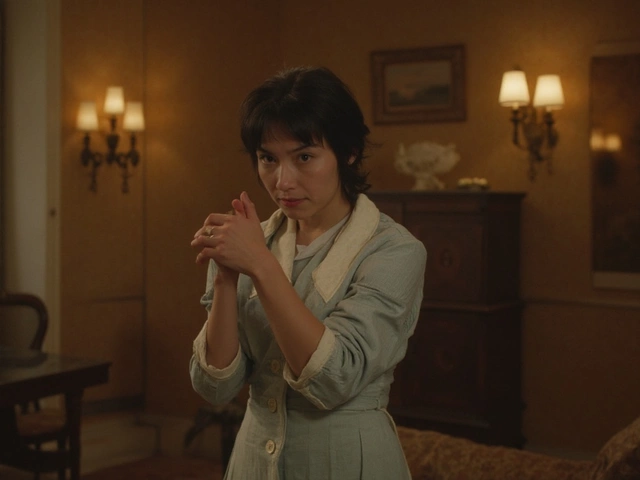musical adaptation – turning stories into songs
Ever wonder why your favorite novel becomes a Broadway hit? That’s a musical adaptation at work. It’s the process of reshaping a story so the dialogue, characters and plot are told through music, dance and stagecraft. The result is a fresh way to experience a familiar tale, and it often draws new fans who might never have read the original.
why adapt a story into a musical?
First, music adds emotional punch. A single song can convey a feeling that pages of prose would need a paragraph to describe. Second, a musical reaches audiences that prefer live performance over reading or watching a film. Third, successful adaptations generate extra revenue streams – recordings, tours, and licensing deals. Think of Les Misérables or Hadestown; both started as books or folk myths, and the songs turned them into cultural phenomena.
key steps to a successful musical adaptation
1. Choose the right source. Not every story works on stage. Look for strong characters, clear conflict and moments that can be heightened by song. A memoir with vivid scenes or a fantasy with visual spectacle often translates well.
2. Find a skilled adaptor. The adaptor (sometimes called the book writer) reshapes the narrative into a theatrical script. They decide which scenes become songs, which stay spoken, and where to trim excess plot.
3. Hire a composer‑lyricist team. The music must match the story’s tone. A gritty drama needs a different sound than a whimsical children’s tale. Collaboration between the adaptor and the composers keeps the story and songs in sync.
4. Develop demo songs. Early recordings help producers, directors and investors hear the potential. These demos also guide casting decisions – you’ll know what vocal range and acting style each role demands.
5. Workshop the material. Small‑scale performances in front of a test audience reveal what works and what falls flat. It’s common to cut songs, rewrite lyrics or restructure scenes after feedback.
6. Build a production team. A director, choreographer, set designer and lighting crew bring the world to life. Their vision should reinforce the story’s core message, not distract from it.
7. Market the adaptation. Highlight the connection to the original source while showcasing the unique musical elements. Social media clips of rehearsal songs, behind‑the‑scenes interviews, and early reviews build buzz.
When these steps line up, the musical can expand the original work’s reach. Audiences hear beloved lines turned into anthems, see iconic scenes re‑imagined, and leave the theatre humming the soundtrack for days.
Want to try adapting a story yourself? Start with a short story you love, write a simple scene outline, and experiment with turning a key moment into a song. Even a rough melody can reveal whether the material has musical potential.
Remember, the magic of a musical adaptation lies in its ability to make you feel the story in a new way. Whether you’re a writer, composer, or just a fan, understanding the process helps you appreciate every note and line on stage.
Kieran Lockhart, May, 31 2025
Only Fools and Horses Cast: Heartbreak, Legacy, and a Fresh Stage Musical
Only Fools and Horses' cast has faced tragedy and change since the sitcom ended, with John Challis and Kenneth MacDonald passing on, while Nicholas Lyndhurst remains active on screen. The show's spirit lives again in a lively musical tour, blending nostalgia with original stories for today's audiences.
View More




